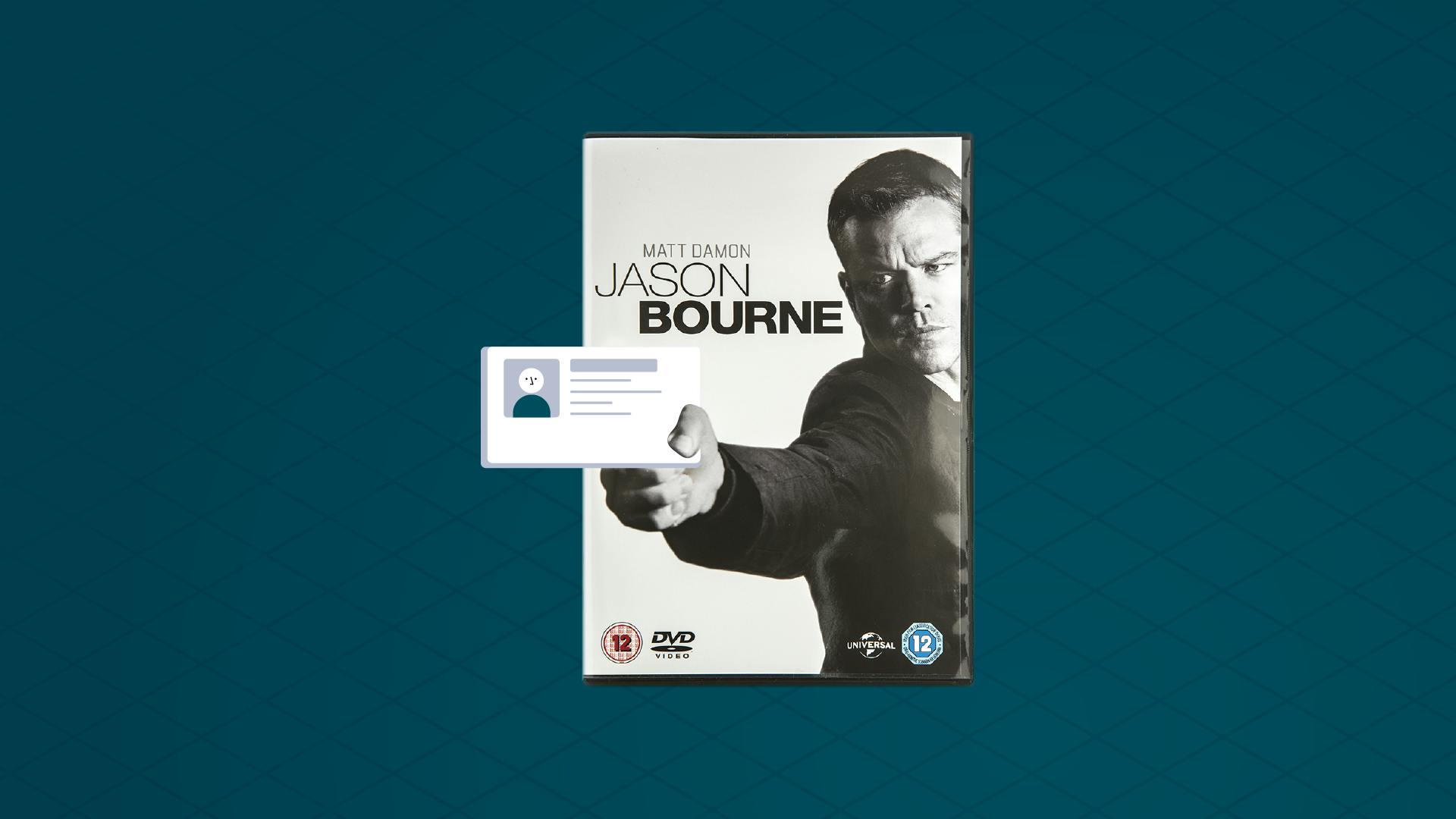
Patrick Johnson
When you watch a movie, it seems as though every other person has got a fake ID of some sort. They are able to gleefully use it to travel the world, fool authorities, fraudulently move money and generally do whatever they please.
From McLovin in Superbad, to high-schooler Charlie Bartlett, Brian from The Breakfast Club, James Bond and even Doctor Who, everyone is at it!
Now, some of these fake IDs are obtained ‘legally’ through government agencies, while others are procured through highly suspicious networks. There are also a variety of reasons for why people would want fake IDs; Brian from The Breakfast Club simply wants to vote, McLovin is trying to buy booze for his friends and Doctor Who is normally saving the world.
Most of these reasons are relatively harmless, but here at Veriff we know how dangerous digital fraud can be. What if McLovin suddenly decided to get into deepfakes, or if Jason Bourne got greedy and tried to embezzle a bank or a business? Would our Veriff systems stand up to the task and recognize that their IDs are fake?
We’ve already ascertained that our systems are robust enough to withstand an attack from McLovin, but what about Jason Bourne? He had a veritable arsenal of fake passports in his back pocket! Would Veriff identity verification detect them before it was too late? Let’s find out!
Jason Bourne’s fake passports
If you haven’t seen them (and why not?), the Jason Bourne movies are a fast-paced series of action films based on a character created by author Robert Ludlum. The character, Jason Bourne (played by Matt Damon), is a CIA assassin/spy who is suffering from dissociative amnesia and when we first meet him, he is washed up on a fishing boat with no idea as to who he is.
The search for his real identity creates the framework of the movies, with his first clue being the number of a safety deposit box in Zurich. When he visits said bank, Jason finds money in various currencies, passports, and identity documents from several different countries as well as a handgun.
Taking the money and the identity documents with him, Jason then spends the next three movies travelling across France, Greece, India, Italy, Russia and America in search of who he is. It’s an espionage adventure at its best!
Jason Bourne’s identity documents
As we mentioned, Jason doesn’t find just one identity – he finds several! In the wrong hands, these documents could be used for all sorts of unsavory activities so let’s take a closer look and see if they could get past Veriff’s automated systems…
- American Passport – While at first glance, the American-issued passport looks pretty real, when we look at it in more detail there are a number of discrepancies that our systems would definitely pick up on. For example, the watermark is incorrect, the size of the identity photo isn’t quite right, and the font usage is slightly ‘off’. The numbers and general information appear to be correct, but this wouldn’t be enough to fool most systems.
- Russian Passport – Again, this is a pretty good fake, but on closer inspection the identity photo is wrongly in color as opposed to being in monochrome, the serial number is missing from the bottom, the stamp is in the wrong place and the general formatting of the information is incorrect. Not only this, but in Russian his name is written as ‘Ащьф ЛШТШФУМ’ which is actually a combination of nonsensical Russian letters with no real meaning. Nonsensical names like this raise suspicion and can very easily lead to an ID document being queried more closely, if not rejected.
- Canadian passport – The issuing date on this passport is 19/04/1993 which actually was the year that a new style of passport was introduced in Canada, that included some unique features (like watermarks or holographic images) that prevented replication and alteration. Jason Bourne’s Canadian passport doesn’t appear to have these features and would thus be quickly picked up by Veriff’s robust automated processes.
- Brazilian passport – Now this is a pretty good fake, with the props department from the movies evidently taking great care over this one. However, the date of birth is in the wrong format, and the ‘valid until’ date and ‘issued on’ date are in wrong order. Even these small details are enough to raise alarms.
How do we check identity documents?
As the above suggests, when an identity document goes through the Veriff decision engine, every element of it is analyzed. From the numbers, to the actual context behind the information, to the formatting of the document. Our automated systems take the whole document into consideration.
Our technologically advanced system is able to do all of this in a matter of moments, cutting out the need for the human eye and any mistakes that may cause.
Would Jason Bourne be verified?
It seems pretty clear to say that Jason Bourne should count himself lucky that Veriff wasn’t on his case when he was travelling the world, as he certainly wouldn’t have got very far! His passports would definitely not have stood up to our scrutiny.
It’s also worth mentioning that most of Bourne’s documents were issued in the late 80s/early 90s and identity documents have become much more sophisticated since then. Biometric security chips, UV-visible imaging, and microprinting have all made identity documents much harder to fake, although that’s not to say that some people aren’t trying!
Next up, bored high-schooler and forger Charlie Bartlett.


